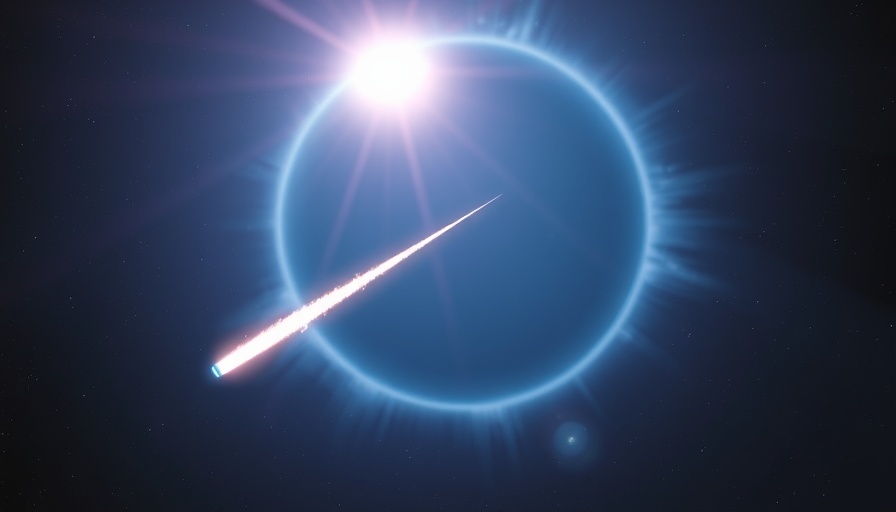
Catch a Celestial Spectacle in Late July
Stargazers, mark your calendars for the early morning of July 30, when both the Southern Delta Aquariids and the Alpha Capricornids meteor showers reach their peak brightness. These dazzling displays provide a unique opportunity for viewers to witness a combined show of up to a dozen visible meteors per hour, especially in areas with minimal light pollution.
Why This Year’s Meteors Shine Brighter
This year, the meteor showers are uniquely accessible, thanks to favorable moonlight conditions; the moon will be only about a quarter full, allowing stars to twinkle even more brightly. The Southern Delta Aquariids derive from comet 96P/Machholz, while the Alpha Capricornids stem from comet 169P/NEAT. As the Earth traverses through their remnants, viewers can anticipate streaks of brilliant light across the night sky, with Alpha Capricornids producing slower, longer-lasting meteors.
How to Optimize Your Meteor Viewing Experience
To have the best chance at viewing these meteors, it’s advisable to head to locations that minimize artificial lighting—think remote parks or quiet fields. The prime time for viewing occurs during the early predawn hours when the sky is darker, and your eyes are best adjusted to the night. As you prepare, remember to keep your gaze upward, allowing your eyes to adjust to the darkness, enhancing your chances of spotting these shooting stars.
The Future of Meteor Shows: What’s Next
Once July 30 has come and gone, the next major meteor shower to look forward to is the Perseids, peaking in mid-August. This meteor event annually captivates audiences with its abundance of shooting stars. It’s a reminder of the wonders beyond our atmosphere and the cyclical nature of these celestial performances.
So grab your blankets, find a cozy spot away from city lights, and prepare for a night filled with magical moments under the stars. Connecting with nature and experiencing the vastness of the universe can be not only soothing but also invigorating!
 Add Row
Add Row  Add
Add 




Write A Comment